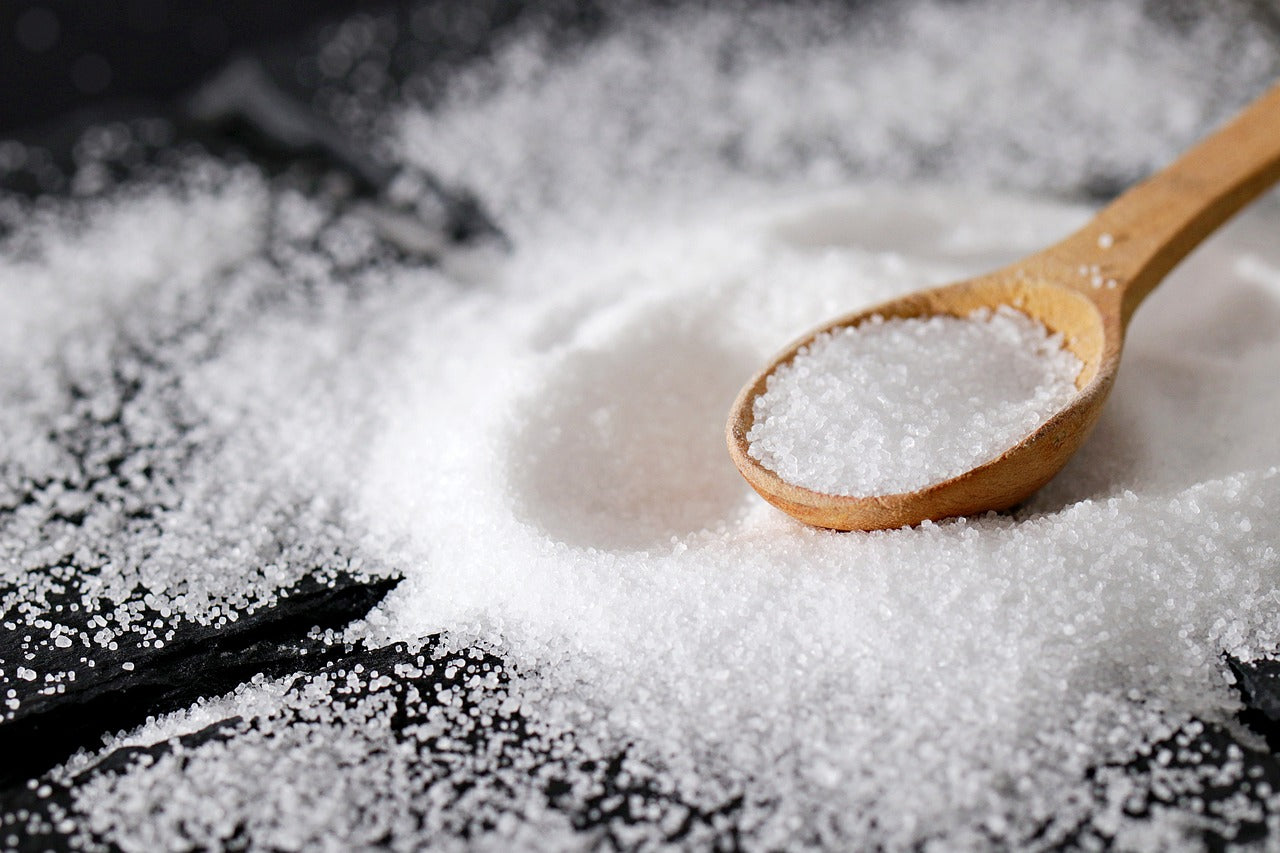Cooking salt: varieties and tips to elevate your dishes

An old Italian proverb says, "With a bit of oil and salt, even a boot can taste good."
A simple and ancient ingredient, salt is one of the kitchen's major stars. But knowing how to use the correct dose of salt is an art. While too much salt can pose a serious health risk, the right amount of salt can bring our recipes to life, adding flavor and excitement.
Let's take a look at some tips for using salt in the kitchen as well as some possible alternatives that can help you maintain a healthy diet without sacrificing the pleasure of balanced flavor.
How many types of cooking salt are there?
There are many types of salt in the world: a definitive categorization would be very complex and largely incomplete. Some of the most common types of salt used in cooking are:
- fine or table salt
- coarse salt
- sea salt
- iodized salt
- herb-flavored salt
- truffle-flavored salt
When it comes to flavored salts, some of the most popular options on the market are lemon, lavender, chili, mallow, calendula, and chamomile.
There are also salt varieties based on their area of extraction: for example, pink salt from the Himalayas, red salt from Hawaii, blue salt from Persia, black salt from Cyprus, and gray salt from Brittany.

Elevating your recipes: tips for using salt
While too much salt can completely mask the ingredients' flavors, making them unpalatable, salt used in moderation is a powerful ally for seasoning your dishes, elevating the flavor.
Here's some smart tips for using salt in your cooking:
- Opt for iodized salt: iodized salt is enriched with iodine, which is very important for proper thyroid function.
- It's best to add salt at the start of the cooking process, rather than at the end.
- Add salt gradually, repeating the process as needed until you get the desired flavor.
Keep in mind that the World Health Organization recommends a maximum daily allowance of five grams of table salt for adults.
Salt is not recommended for children under one year of age.
Ideas for reducing salt in your recipes
To help you cut back on salt in your cooking, scientific communities have a series of suggestions you can implement:
- Eat plenty of vegetables and fruits.
- Buy mostly fresh, unprocessed foods, with no added salt.
- Set the table with spices and herbs, instead of the usual salt shaker.
- Use less gravies and sauces.
- Opt for seasoning your food with lemon, extra virgin olive oil, and vinegar.
Those who are used to consuming an excessive amount of salt can make an effort to reduce the amount day by day: your taste buds will gradually get used to it, and you'll discover the joys of more natural-tasting food.
Follow the Healthy Italia blog for recipes and tips on healthy eating.
























